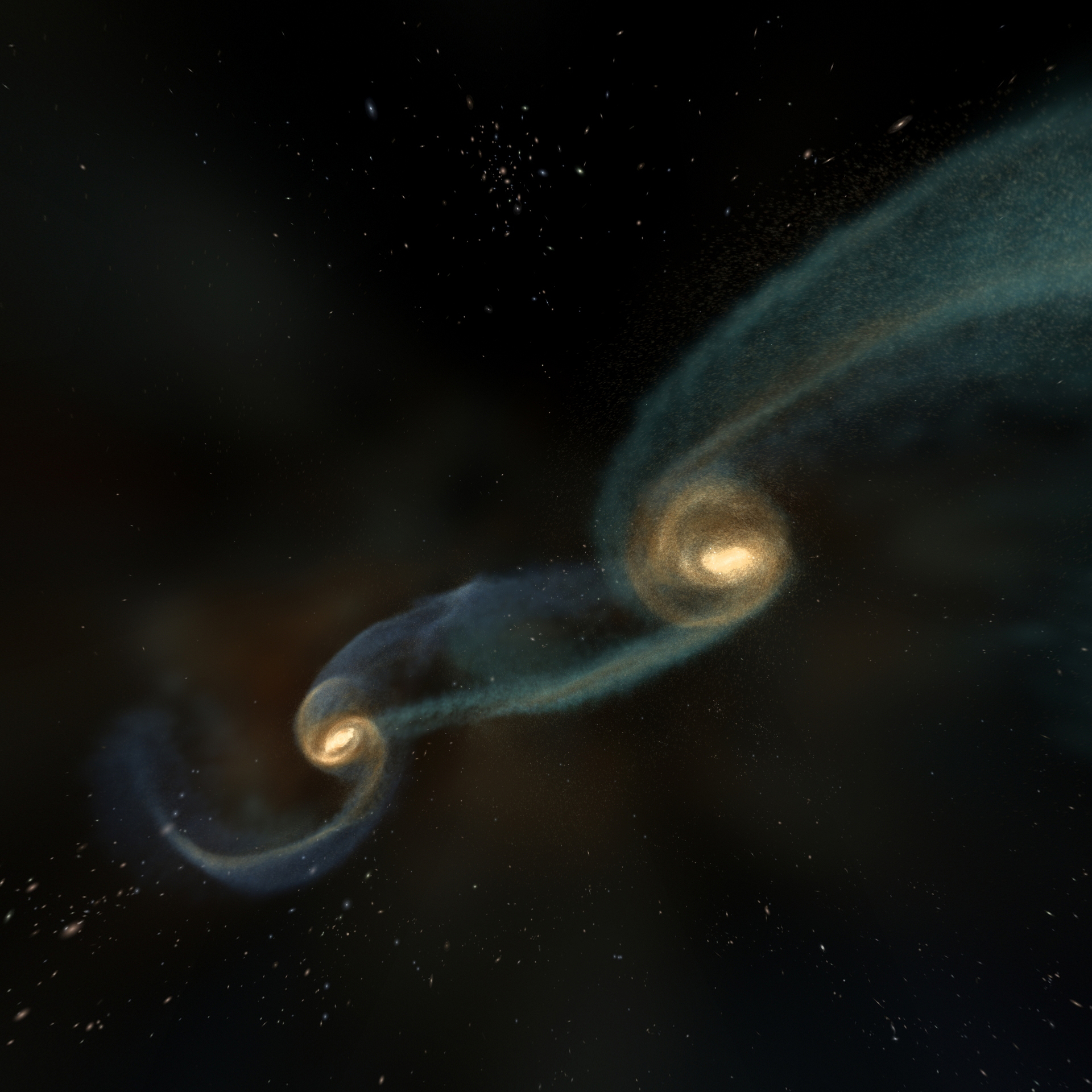
These contain millions to billions of times the mass of our Sun inside them in a comparatively small space, creating extremely strong gravity.īlack holes can increase in size by accreting matter, such as by swallowing stars that get too close, or by merging with other black holes. When found at the centres of galaxies, they are called supermassive black holes. Black holes are formed when massive stars come to the end of their life. The conclusion was made by studying nine billion years of black hole evolution. At the centre of the galaxy lurks a supermassive black hole. One of the galaxies observed in this study, NGC 1277 is an ancient galaxy, 240 million light years away in the constellation of Perseus. The new result shows that black holes gain mass in a way consistent with them containing vacuum energy, providing a source of dark energy and removing the need for singularities to form at their centre. This energy pushes the Universe further apart, accelerating the expansion.īlack holes posed a problem though – their extremely strong gravity is hard to oppose, especially at their centres, where everything seems to break down in a phenomenon called a 'singularity'.

This concept was revived with the discovery of the accelerating expansion of the Universe, with its main component being a kind of energy included in spacetime itself, called vacuum energy. This was linked to a concept Einstein had proposed but later discarded – a 'cosmological constant' that opposed gravity and kept the Universe from collapsing. To account for this, it was proposed that a 'dark energy' was responsible for pushing things apart more strongly than gravity. This is difficult to explain – the pull of gravity between all objects in the Universe should be slowing the expansion down. In the 1990s, it was discovered that the expansion of the Universe is accelerating – everything is moving away from everything else at a faster and faster rate. It is at a distance of about 90 million light years away from Earth. NGC 524 is a galaxy in the constellation Pisces, and is one of the galaxies observed in this study. We started off looking at how black holes grow over time, and may have found the answer to one of the biggest problems in cosmology." Study co-author Dr Dave Clements, from the Department of Physics at Imperial, said: “This is a really surprising result. Study co-author Dr Chris Pearson, from STFC RAL Space, said: “If the theory holds, then this is going to revolutionise the whole of cosmology, because at last we've got a solution for the origin of dark energy that's been perplexing cosmologists and theoretical physicists for more than 20 years." The work is published in two papers in the journals The Astrophysical Journal and The Astrophysical Journal Letters. The conclusion was reached by a team of 17 researchers in nine countries, led by the University of Hawai'i and including STFC RAL Space and Imperial College London physicists. The result potentially means nothing new has to be added to our picture of the Universe to account for dark energy: black holes combined with Einstein's gravity are the source. The measurements from ancient and dormant galaxies show black holes growing more than expected, aligning with a phenomenon predicted in Einstein's theory of gravity.


 0 kommentar(er)
0 kommentar(er)
